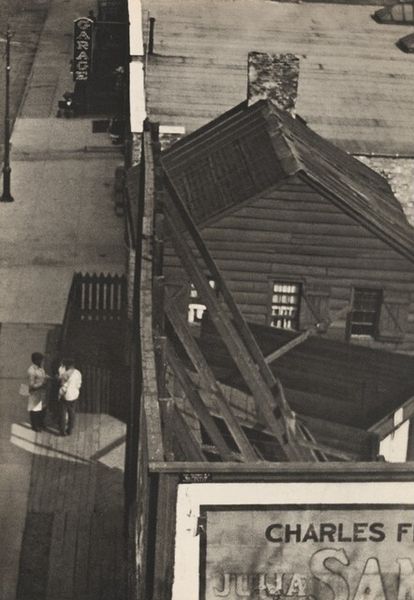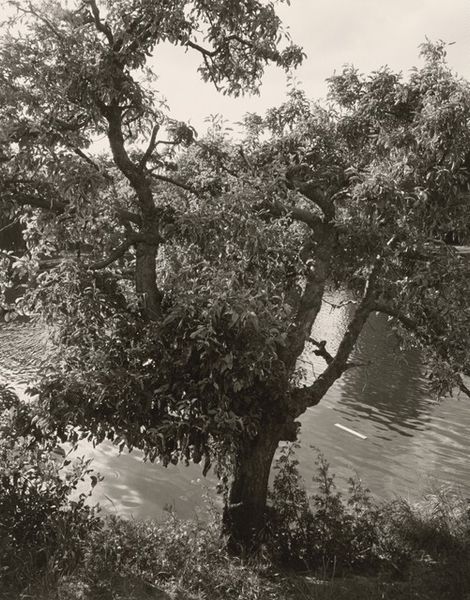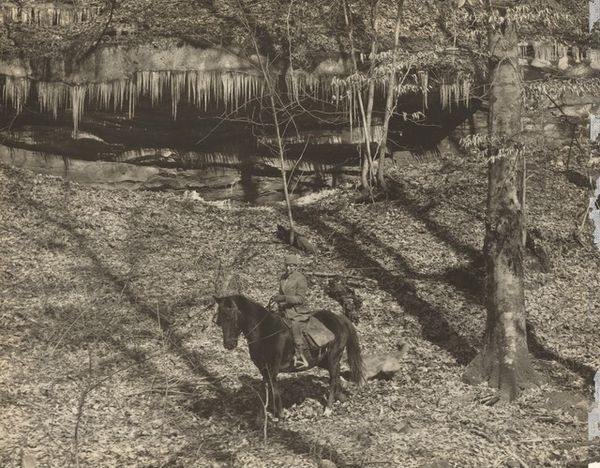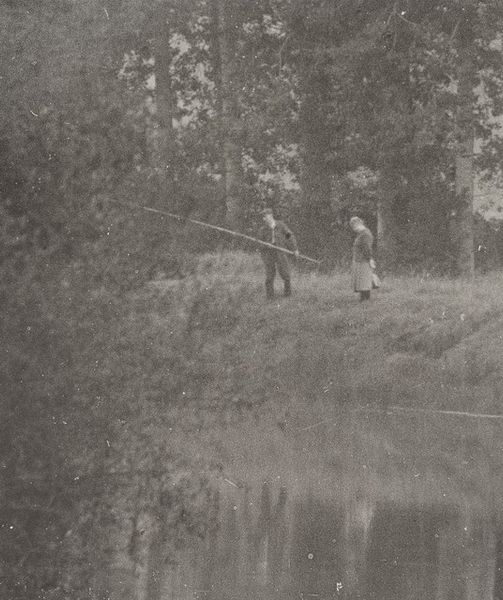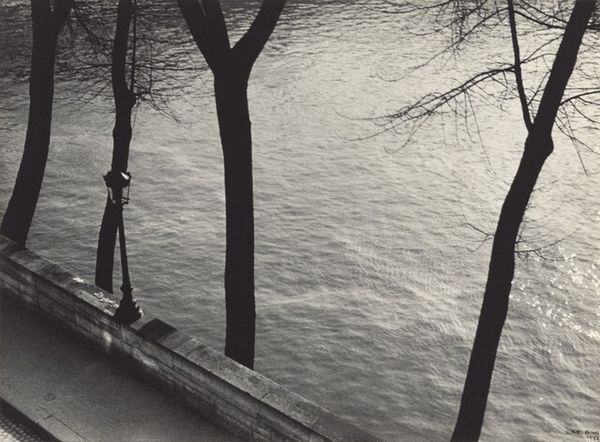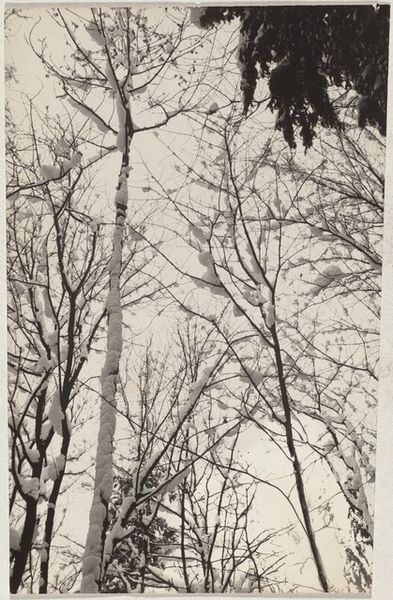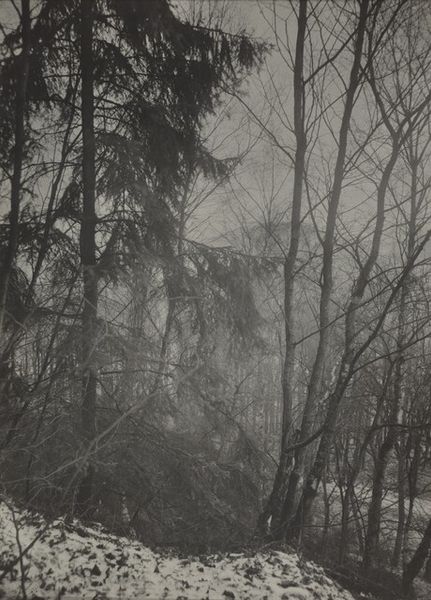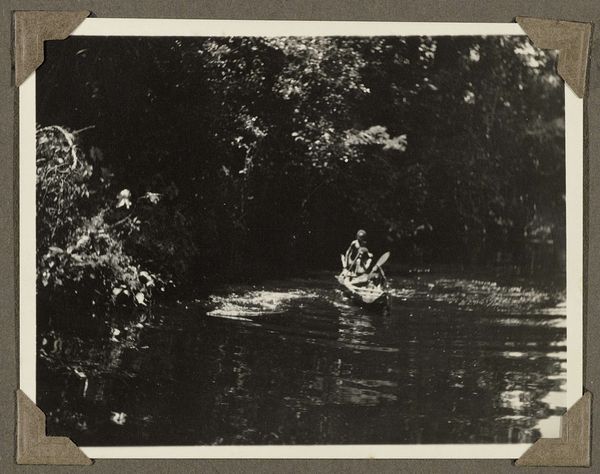
photography
#
landscape
#
street-photography
#
photography
#
geometric
#
monochrome photography
#
line
#
monochrome
Dimensions: image: 17.1 × 25.6 cm (6 3/4 × 10 1/16 in.) sheet: 27.7 × 35.6 cm (10 7/8 × 14 in.)
Copyright: National Gallery of Art: CC0 1.0
Curator: Looking at this photograph by Nathan Lerner, simply titled “Tokyo,” taken in 1976, what strikes you most? Editor: Immediately, the stark contrast and sharp angles of the shadows do. It's a very geometric composition. The high-angle view flattens the space, and the monochrome palette lends it a timeless, almost dreamlike quality. Curator: I find the aerial perspective fascinating. Lerner seems to be examining the rituals of everyday life in the city, but from a detached vantage point. Consider how that positioning subtly affects our interaction with its cultural symbols. Editor: That sense of detachment is very interesting. It makes me think about the social commentary at play, reflecting a kind of alienation. Are we meant to feel connected to these anonymous figures, or are they just elements within an urban landscape? Curator: The figures are dwarfed by their surroundings and by the intense play of light and shadow cast by the trees. Trees that act, in my reading, as important natural symbols of time and continuity that soften the modern geometrical frame. Does it conjure something specific in the collective memory of landscape depiction? Editor: Perhaps a challenge to earlier depictions of gardens and parks? Unlike the Romantics' celebration of nature, Lerner presents a constructed, almost regimented version of nature within the city. This controlled setting then highlights the solitude and possibly even the subjugation of individuals in modern society. Curator: It certainly offers a potent vision of humanity’s place in the constructed environment, captured through the immediacy of photography. We see here photography pushing the social boundaries of the canvas. Editor: I agree. The photograph encourages a conversation about modern life that goes beyond purely aesthetic conventions of seeing and portraying city life. A conversation that's even more interesting due to the framing, making use of very angular line placements that shape the viewer's journey. Curator: Well, the combination of perspective and symbolism really creates a piece with lasting impact. Editor: Indeed, it gives us much to contemplate about urban existence and its symbolic interpretations.
Comments
No comments
Be the first to comment and join the conversation on the ultimate creative platform.
